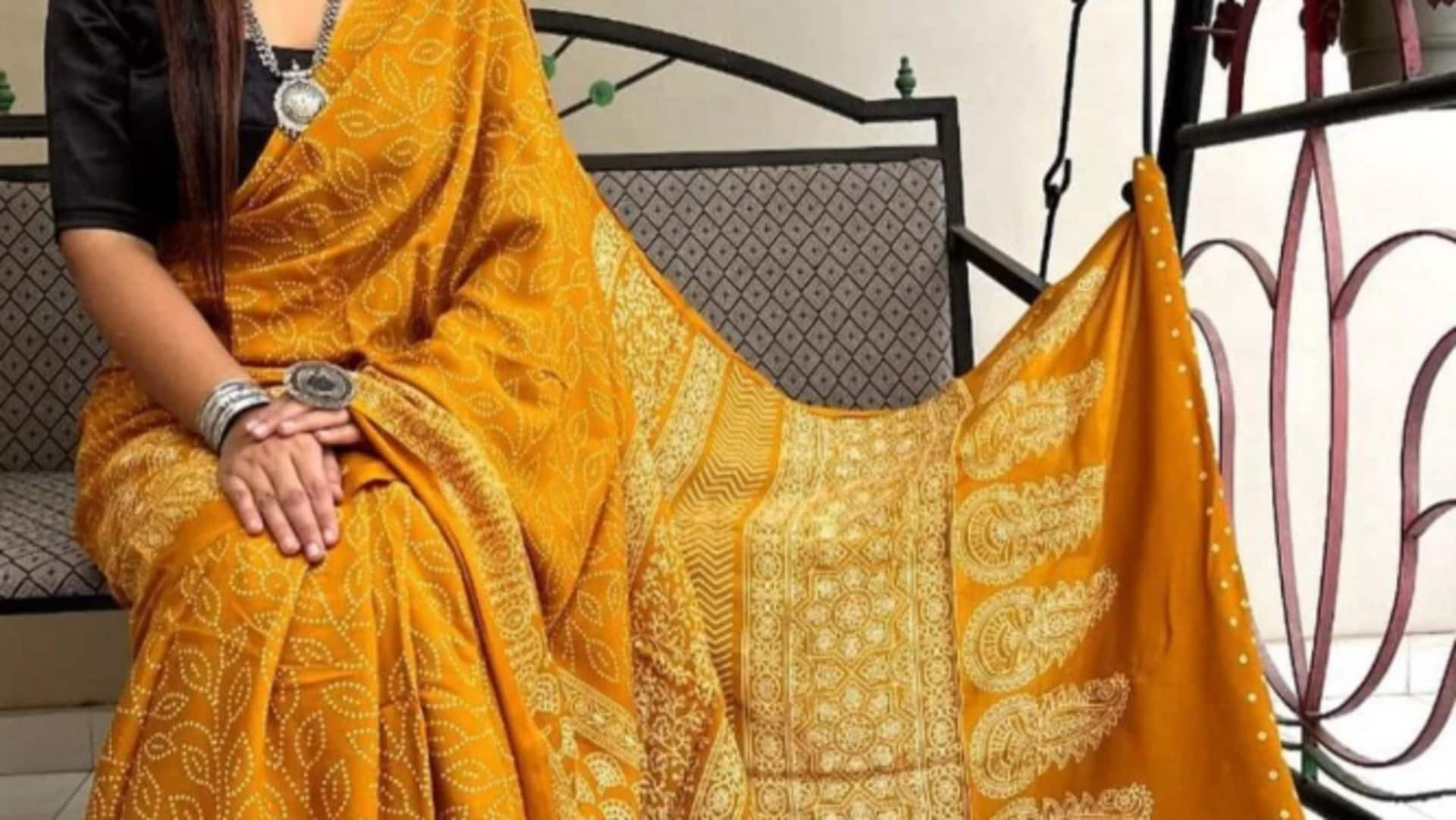
Saree silhouettes: A modern twist
What's the story
The saree, a traditional Indian garment, has evolved over centuries to meet changing tastes and styles. Today's modern interpretations blend tradition with contemporary fashion, offering diverse silhouettes for various preferences and occasions. This article explores these new saree silhouettes, providing insights into their background, key concepts, and practical advice for those looking to incorporate them into their wardrobe.
Background
The evolution of saree styles
Historically, the saree was a simple yet versatile garment worn in countless ways across India's regions. Its transformation over time has been influenced by cultural exchanges, fashion trends, and technological advancements in textile production. Modern designers have reimagined the saree silhouette while preserving its essence, introducing innovative drapes and styles that resonate with today's fashion-forward audience.
Key concept
Embracing contemporary designs
Contemporary saree designs often feature pre-stitched or pre-draped sarees that simplify the process of wearing them. These modern versions might include jumpsuit sarees, saree gowns, or sarees paired with pants instead of the traditional petticoat. Designers play with fabrics, prints, and embellishments to create pieces that appeal to both younger generations and traditionalists seeking a fresh twist on classic styles.
Practical advice
Practical styling tips
To update your wardrobe with modern saree silhouettes, start with easy-to-wear pre-stitched or draped styles. Accessorize according to the occasion, choosing from traditional Indian jewelry or minimalist pieces. Mix textures, opting for silk blends for formal events and cotton for casual ones. Select footwear based on your saree's length; heels suit longer sarees, while flats are better for shorter versions.
Sustainability
Sustainable fashion forward
Embracing modern saree silhouettes highlights a commitment to sustainability, with designers focusing on eco-friendly fabrics and ethical production practices. Opting for these sustainable versions reduces environmental impact and supports artisan communities by preserving traditional crafts in contemporary designs. This approach allows wearers to enjoy a timeless piece of cultural heritage, tailored to modern lifestyle preferences, while contributing positively to sustainability in the fashion industry.